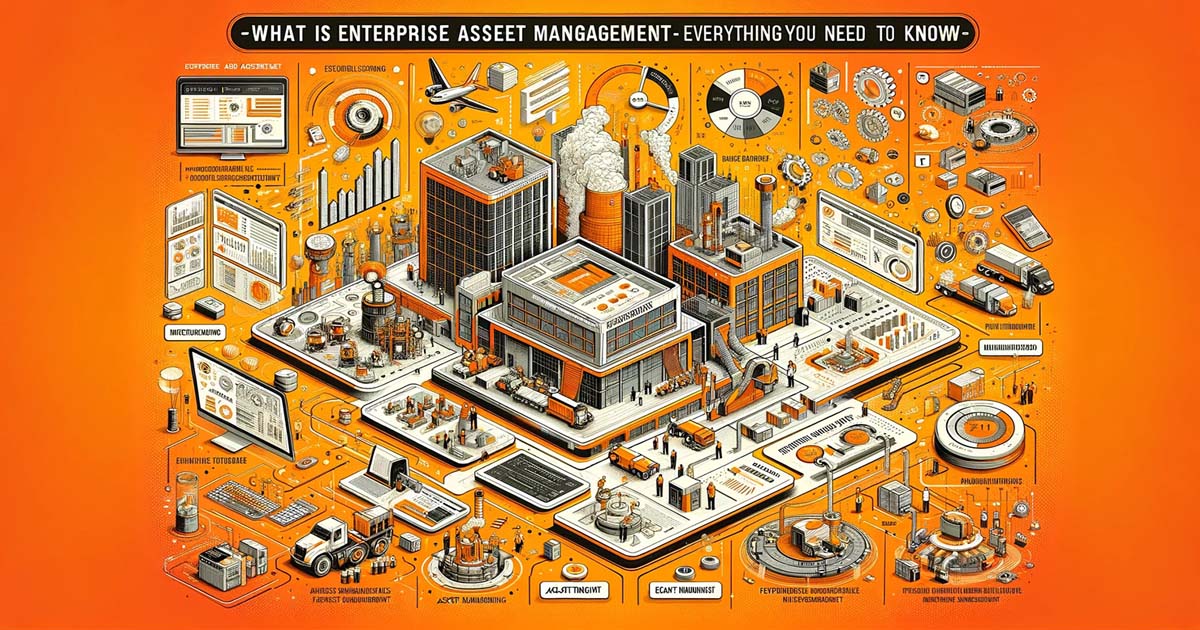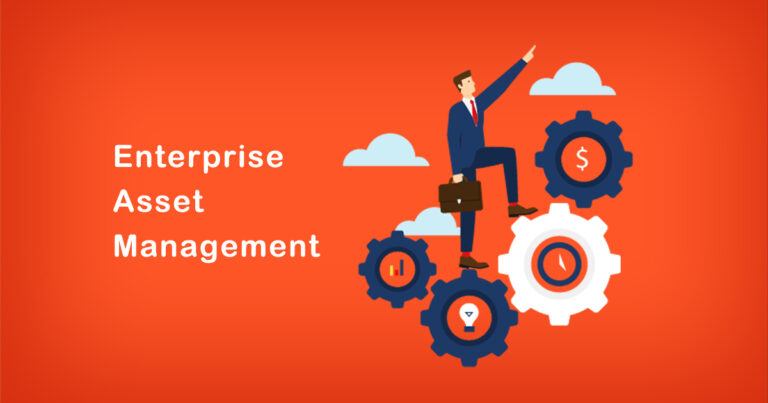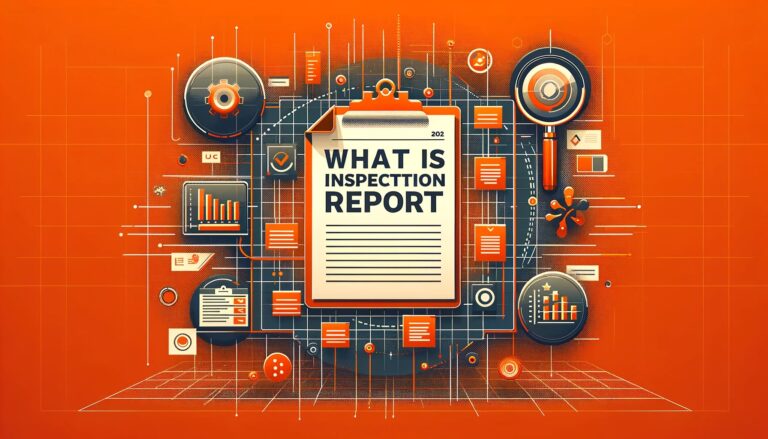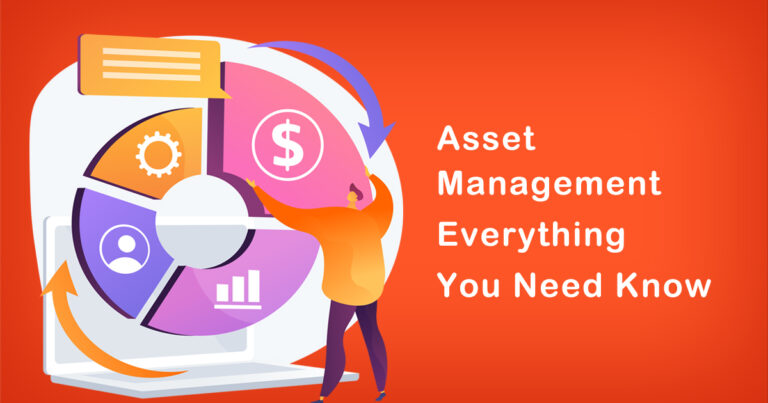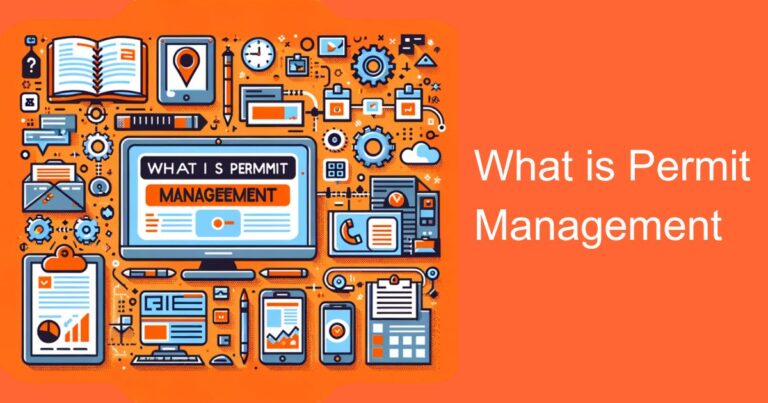Introduction
Enterprise Asset Management (EAM) is a comprehensive approach to managing an organization’s assets to achieve maximum efficiency, profitability, and regulatory compliance. It involves the lifecycle management of physical assets such as buildings, machinery, equipment, vehicles, and IT infrastructure.
EAM is critical for businesses that rely heavily on their physical assets to provide products and services. In this blog post, we will discuss everything you need to know about Enterprise Asset Management, including its benefits, key components, and best practices.
Key Components of Enterprise Asset Management
There are four key components of EAM, which include:
Asset Register:
This is a database that contains detailed information about each asset, including its purchase date, maintenance history, warranty information, and location.
Maintenance Management:
This involves the scheduling and tracking of maintenance tasks, including preventive maintenance, routine maintenance, and corrective maintenance.
Inventory Management:
This involves the tracking of spare parts, consumables, and other inventory related to assets.
Financial Management:
This involves tracking the financial aspects of assets, including purchase cost, depreciation, and disposal cost.
Benefits of Enterprise Asset Management
Implementing an EAM system provides a wide range of benefits to businesses, including:
Improved Asset Lifecycle Management:
EAM enables businesses to optimize the lifecycle management of their assets by tracking the maintenance history and performance of each asset. This helps to extend the lifespan of assets and reduce downtime.
Increased Efficiency:
EAM enables businesses to automate maintenance scheduling, work orders, and inventory management, resulting in improved efficiency and reduced labor costs.
Improved Regulatory Compliance:
EAM helps businesses to comply with regulatory requirements by maintaining accurate records of asset maintenance and inspections.
Enhanced Safety:
EAM helps to improve the safety of assets by ensuring that maintenance tasks are performed on time and that assets are in good working condition.
Better Asset Performance:
EAM enables businesses to monitor the performance of their assets in real-time, allowing them to identify potential issues before they become major problems.
Best Practices for Enterprise Asset Management
Develop a Comprehensive Asset Management Strategy:
This involves defining your organization’s asset management goals and objectives, identifying the critical assets, and developing a plan to manage them.
Adopt an EAM System:
Implementing an EAM system can help to automate many aspects of asset management, resulting in improved efficiency and reduced costs.
Establish Maintenance Procedures:
This involves defining preventive maintenance procedures, establishing a maintenance schedule, and implementing a system for tracking maintenance tasks.
Develop an Inventory Management System:
This involves establishing an inventory management system to track spare parts, consumables, and other inventory related to assets.
Establish a Financial Management System:
This involves developing a system for tracking the financial aspects of assets, including purchase cost, depreciation, and disposal cost.
Conduct Regular Audits:
Regular audits can help to identify potential issues with asset management processes and ensure compliance with regulatory requirements.
Conclusion
Enterprise Asset Management is a critical component of modern businesses that rely heavily on their physical assets to provide products and services. Implementing an EAM system can help to improve efficiency, reduce costs, and ensure regulatory compliance. To achieve maximum benefits, businesses should adopt best practices for EAM, including developing a comprehensive asset management strategy, adopting an EAM system, establishing maintenance procedures, developing an inventory management system, establishing a financial management system, and conducting regular audits.


